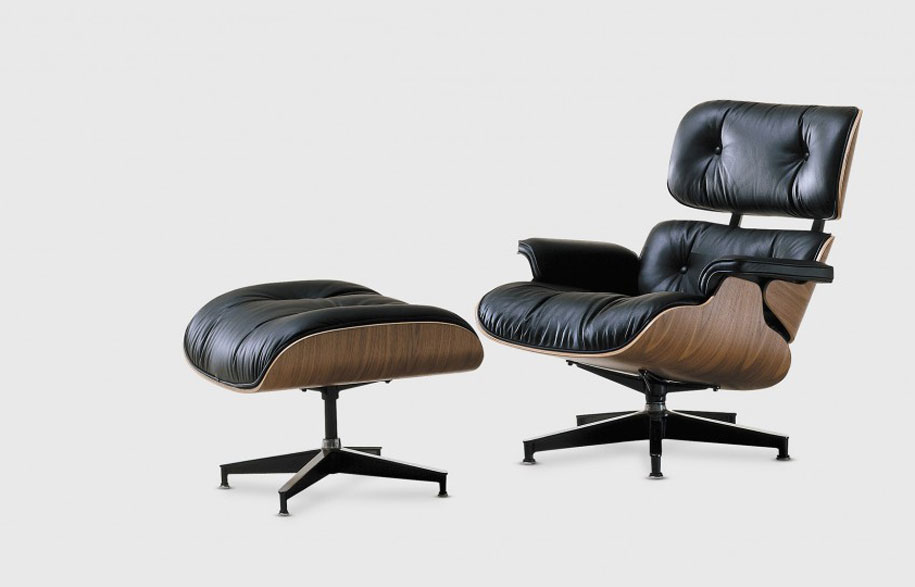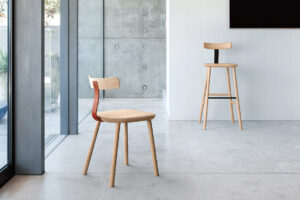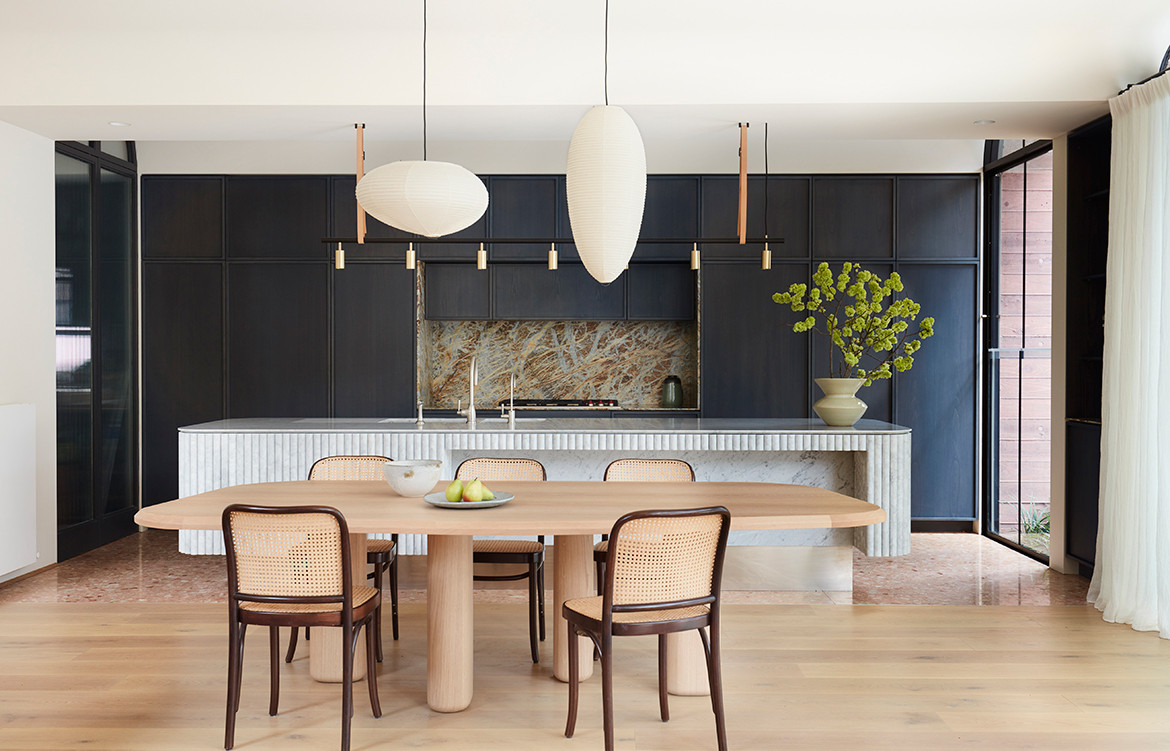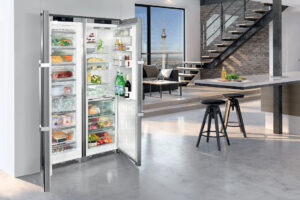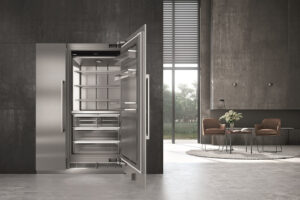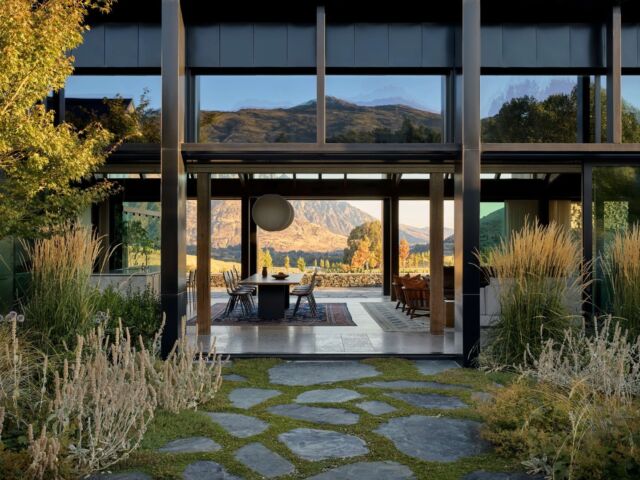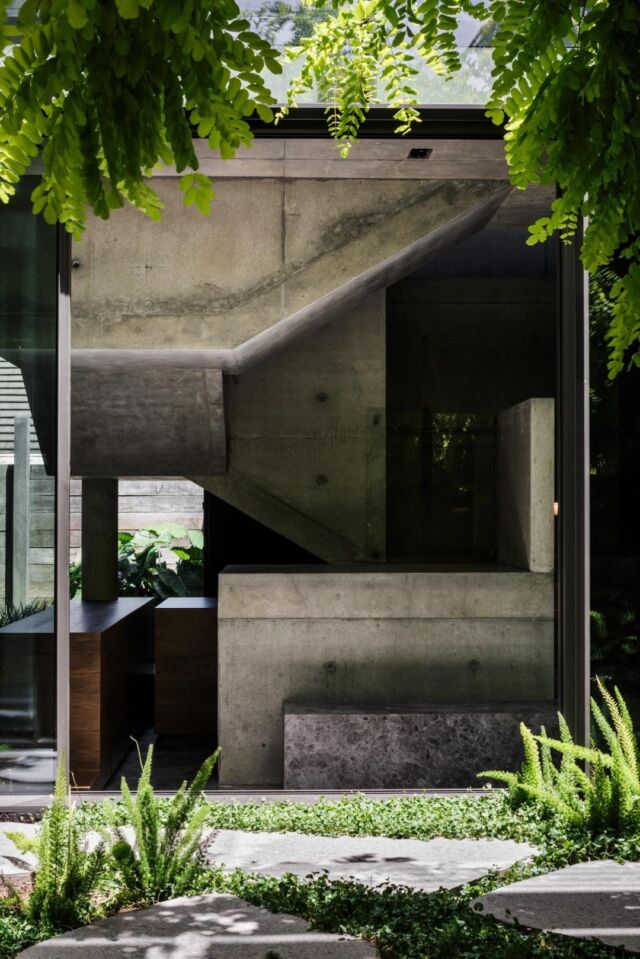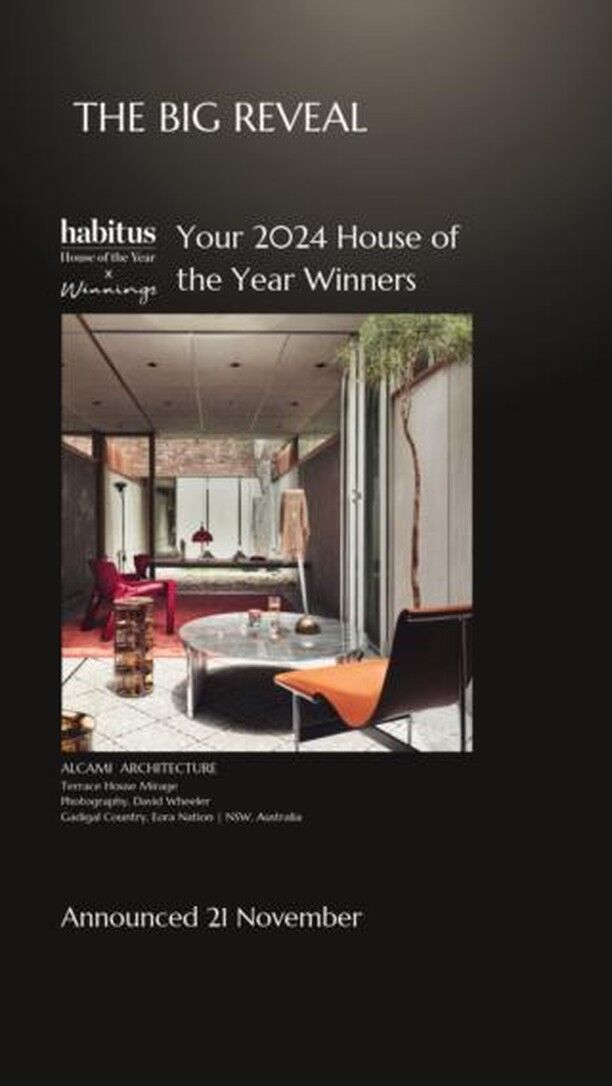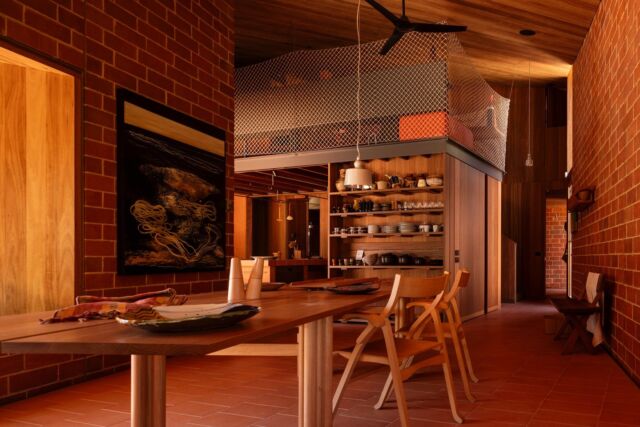Above: Eames Lounge Chair and Ottoman. Available from Herman Miller
Replica interior design is now big business. Fuelled by the popularity of reality renovation shows, there is considerable consumer demand in Australia for designer furniture, homewares and lighting at affordable prices. Online shopping and cheap overseas manufacturing have allowed a number of businesses dedicated to replica furniture products to fulfil this demand and flourish.
Of course, the fundamental desire for high end products is nothing new. Knock-off products represent an opportunity for consumers to attain a product with the same look and feel and seemingly all the cachet associated with the original, and usually at a much cheaper price. The stigma attached to fakes has largely prevented the problem becoming mainstream in other industries, such as fashion. However, the same cannot be said for interior design. Replica furniture stores have secured sponsorship and product placement arrangements with top rating television programs and within widely-read home decorating magazines alongside authentic design. Left unchecked, replica designs have now found their way into conventional retail furniture chains, as well as bars, restaurants, cafes and even shopping centre food courts.
Furniture sellers might feel that it is morally defensible to offer replicas of iconic designs, many of which are now over 50 years old. However, the replica furniture industry goes well beyond this. Sadly, local designers commonly find knock-offs of their unique designs in mainstream furniture stores not long after the original was first released. The market’s thirst for quality affordable design is not being fulfilled by investing in the development of clever original products, but by seeking to piggyback off the hard work and reputation of others.
In Australia, a basic disrespect for original and authentic furniture design has been allowed to creep in.
How did this happen?
Many designers and brand owners feel that the intellectual property regime in Australia does not provide them with adequate protection. In some respects, that is true. But it is equally the case that intellectual property protections that are readily available are being underutilised by creatives.
Over the next 3 weeks, we will look at the various forms of intellectual property protection available to makers of original and authentic designs and what the industry can do to address the problem. Stay tuned.
Explore this topic more at the Vivid event GET REAL – DON’T BE FAKE: the importance of supporting authentic design, held at Stylecraft June 2nd. Tickets available here.
K&L Gates
klgates.com
Christine Danos, Senior Associate, christine.danos@klgates.com; Gregory Pieris, Senior Associate, gregory.pieris@klgates.com; Chris Round, Partner, chris.round@klgates.com
Fill in the form below to download:
"If the document hasn't automatically downloaded in 10 seconds, download here."
Please note by accessing advertiser content your details may be passed onto the advertiser for fulfilment of 'the offer' and also permits the advertiser to follow up the fulfilment of the offer by email, phone or letter. The subscriber also permits further communication from Habitusliving.com.


